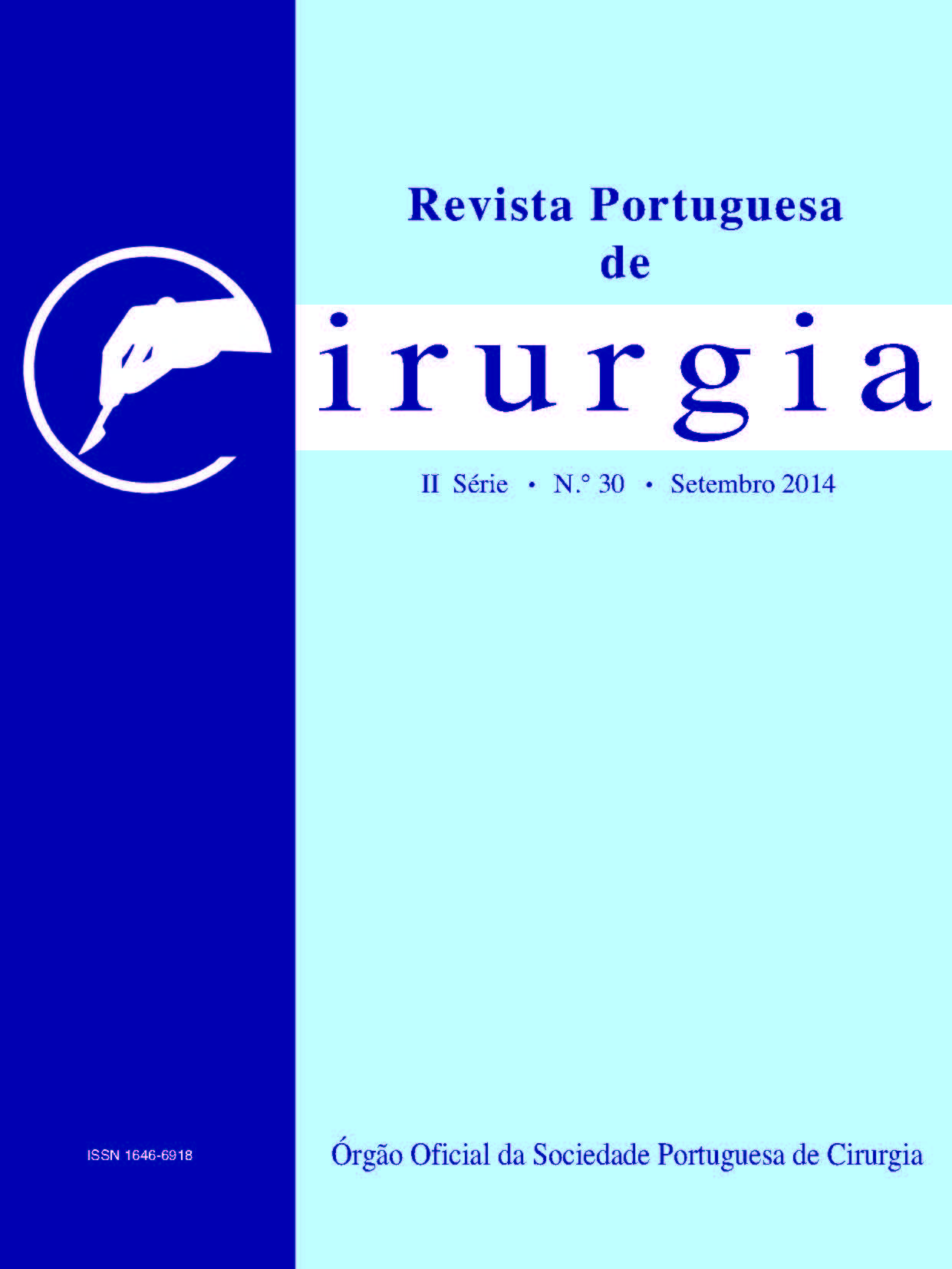Bile duct injuries
Abstract
Bile duct injuries
Downloads
References
Jakimowicz J. and Schiappa J.M. (2013) – personal communication
Strasberg, S. M. (2013). "A teaching program for the "culture of safety in cholecystectomy" and avoidance of bile duct injury." J Am Coll Surg 217(4): 751
Strasberg, S. M., C. J. Eagon, et al. (2000). "The "hidden cystic duct" syndrome and the infundibular technique of laparoscopic cholecystectomy - the danger of the false infundibulum." J Am Coll Surg 191(6): 661-667
Stewart, L. and L. W. Way (1995). "Bile duct injuries during laparoscopic cholecystectomy. Factors that influence the results of treatment." Arch Surg 130(10): 1123 1128
J.Hunter (2001) – personal communication, during a ACS course
Way, L. W., L. Stewart, et al. (2003). "Causes and prevention of laparoscopic bile duct injuries: analysis of 252 cases from a human factors and cognitive psychology perspective." Ann Surg 237(4): 460-469
Henri Bismuth (2010) – personal communication
Buell, J. F., D. C. Cronin, et al. (2002). "Devastating and fatal complications associated with combined vascular and bile duct injuries during cholecystectomy." Arch Surg 137(6): 703-708
Anderson, P. G., J. Toouli, et al. (1998). "Endoscopic and surgical management of a Hayes type III-G cystic duct anomaly causing a Mirizzi type I syndrome." HPB Surg 10(6): 399-402
Downloads
Published
Issue
Section
License
Para permitir ao editor a disseminação do trabalho do(s) autor(es) na sua máxima extensão, o(s) autor(es) deverá(ão) assinar uma Declaração de Cedência dos Direitos de Propriedade (Copyright). O acordo de transferência, (Transfer Agreement), transfere a propriedade do artigo do(s) autor(es) para a Sociedade Portuguesa de Cirurgia.
Se o artigo contiver extractos (incluindo ilustrações) de, ou for baseado no todo ou em parte em outros trabalhos com copyright (incluindo, para evitar dúvidas, material de fontes online ou de intranet), o(s) autor(es) tem(êm) de obter, dos proprietários dos respectivos copyrights, autorização escrita para reprodução desses extractos do(s) artigo(s) em todos os territórios e edições e em todos os meios de expressão e línguas. Todas os formulários de autorização devem ser fornecidos aos editores quando da entrega do artigo.



